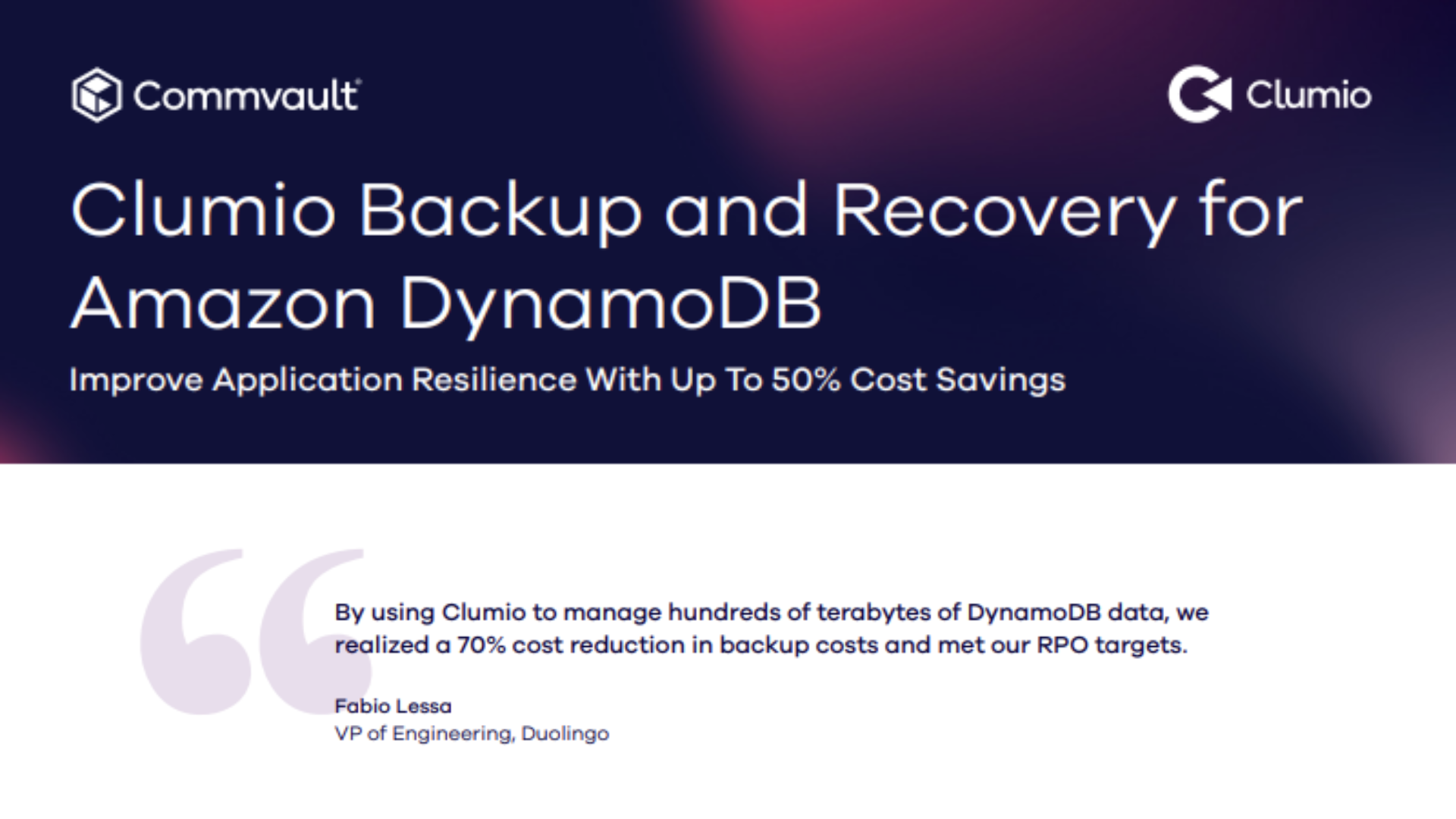“Our cloud works”: Juniper Networks exec fires shots at Cisco’s networking architecture and explains HPE’s acquisition strategy in detail
A strong AI foundation and different approach than competitors could put HPE and Juniper Networks on a trajectory to top the networking market
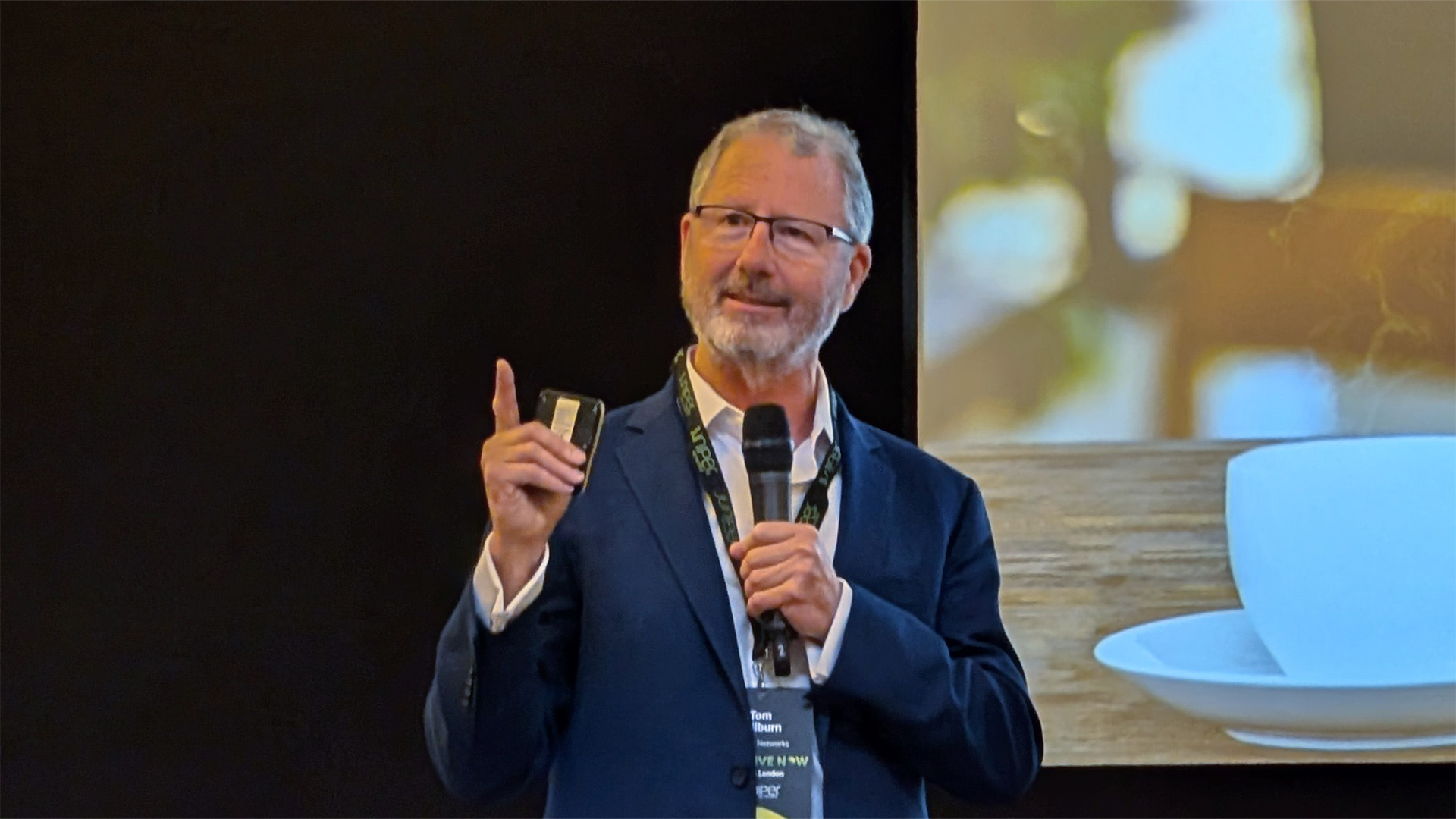

A senior executive at Juniper Networks has argued the company is uniquely positioned to outpace competitors with its growth and performance in the networking space, and is set for a “reverse acquisition” that will put it within reach of Cisco’s networking dominance.
Tom Wilburn, global VP of campus and branch networking at Juniper Networks, spoke at AI-Native Now, an event held by the firm in London bringing together customers and partners to explore some of its latest announcements and provide concrete examples of its portfolio in action.
He used his opening remarks to attendees to name competitors and point out the flaws in their existing product portfolios, particularly Cisco’s Meraki networking solutions but also HPE Aruba Networking’s HPE Central, compared to Juniper Networks’ offerings.
“All of Cisco's growth is coming from its Meraki portfolio,” he said, seemingly a reference to the 18% year-on-year revenue growth Cisco’s Networking division reported in FY23 which made up more than half (60%) of its total revenue.
Wilburn argued that the differentiator between the three is that Juniper Networks is ready for “any sized enterprise” and pointed to the appeal of Mist AI, which uses AI and machine learning (ML) to optimize enterprise networking.
“I do not know of any large hospitals running critical care on a Meraki or an HPE Central network. And the largest healthcare provider in the world is rolling out 120,000 Mist APs, 60,000 of them deployed in critical care. Our cloud works,” Wilburn added.
“The world's largest logistics company, 55,000 APs and 130 countries around the world, literally running 6% of US GDP on the network every day in these complex logistics centers, is running Mist Cloud. The largest bank in the world, the largest retailer, and the largest company in the world. It is the only cloud that that can be said for. So we're excited about this transition to a cloud architecture.
Sign up today and you will receive a free copy of our Future Focus 2025 report - the leading guidance on AI, cybersecurity and other IT challenges as per 700+ senior executives
“Juniper, with our Mist AI, is the fastest-growing company in the history of the Wi-Fi business. And we have gone from nowhere to number three, behind Cisco, HPE, and then us.
“Now it’s going to be a race with Cisco and HPE for the top spot. And we're excited about that race because we think this technology really can make a difference.”
HPE’s $14 billion acquisition of Juniper Networks has put it on a collision course with Cisco, as HPE looks to expand its edge-to-cloud approach explicitly leaning on Juniper’s “AI-native environment based on a foundational cloud-native architecture.”
The acquisition is being probed by the UK’s Competition and Markets Authority (CMA) and is subject to regulatory approval in several territories, but both firms hope it will be completed by the end of 2024.
Wilburn added that “this will be what some people call a reverse acquisition,” as Juniper Networks will become a division in control of what is currently called HPE Aruba Networking and will be headed up by Rami Rahim, currently CEO at Juniper Networks.
He noted that until the acquisition goes through, Juniper Networks must legally continue to compete with HPE Aruba Networking.
Juniper Networks wants to solve legacy issues
Wilburn spoke from experience, having been VP Worldwide Sales at Airespace prior to Cisco’s acquisition of the firm in 2005 and worked as a VP for sales at Cisco for almost ten years afterward. He told the audience about the challenges Cisco faced with selling its network products at an enterprise level in the 2010s.
“In December of 2012, as a team, we acquired Meraki and we had two architectures in the market ten years ago.
“We had, for small and medium businesses, a cloud architecture with Meraki and for everybody else we had the controller. Candidly, in 2013, it was like kids in a candy store. We thought ‘This is great, we’ve got the first cloud-managed architecture, we've got this incredible controller with 65% market share, what could go wrong with this picture? Whatever you want, we’ve got it.’ Well, it turns out we didn’t.”
Wilburn noted that, at the time, Meraki’s network couldn’t meet the needs of large enterprises, such as hospitals or large automotive manufacturers, because it hadn’t been designed with that scale in mind.
RELATED WHITEPAPER
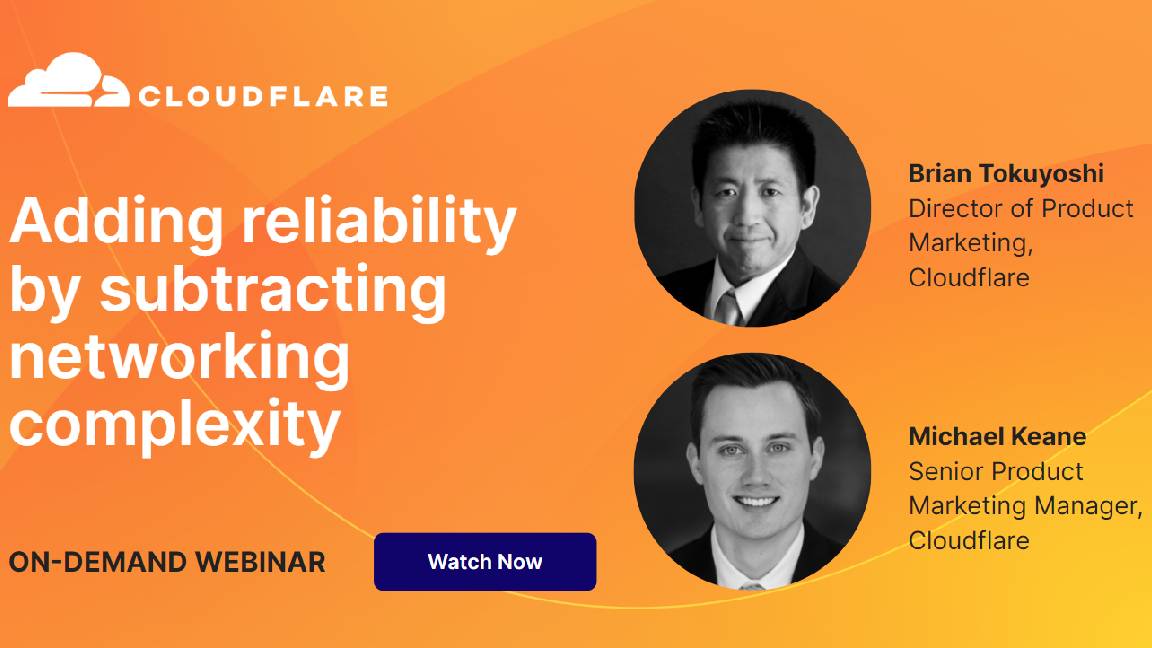
“Our founder, Bob Friday, spent a year and a half looking under the hood of Meraki saying, ’Can I do this?’ and his answer in July of 2014 was no.” Friday left Cisco that year, which Wilburn said left him “stunned”, and soon after founded the AI-powered WLAN firm Mist Systems which Juniper Networks acquired in 2019.
Friday now serves as chief AI officer at Juniper Networks.
Cisco-Meraki still has a 21% market share in network management, per 6Sense data, but Wilburn was quick to claim that firms can benefit from switching away to Juniper Networks’ cloud and AI approach.
“If you're a large hospital, you still run this architecture unless you've moved to Mist. If you're a large university, you still run this architecture unless you move to Mist. If you're a large logistics company, the largest in the world, you still run this architecture unless you’ve moved to Mist.
“It is the only architecture that has worked for large enterprises, but it's come with some nasty side effects. It has worked well and when you consider how old it is, it's actually amazing it's worked as well as it has.”
Wilburn said the complexity of operating this architecture makes it difficult to roll out necessary patches or software updates, as companies have to take down their network to do so, and have to check all the code versions in their access points (APs) and external systems are compatible with any update.
He gave the example of a conversation he had with a new client Juniper Networks onboarded last year and had been in talks with since 2018, which operates the largest banking system in the world. The organization runs 55,000 APs and 700 controllers but has been hesitant to shift to the cloud over security concerns.
“I remember asking them in 2018, the year we had an exploit called KRACK that was all over the headlines with Wi-Fi. I said, ‘How long did it take you to remediate those 700 controllers and 55,000 APs to solve this problem?’.
“I fully expected the answer to be ‘Well, yeah it took us six months and we're still working on it and it's really hard’. But the customer literally put his head down, paused, and when he lifted his head, he said ‘We didn't remediate’. I was so stunned by the answer that I had to say, ‘Why? You're a bank, this has got to be important, this is the front page of the Wall Street Journal.
The customer told Wilburn it had figured out that around 25% of the APs in the network were too old for the new firmware version necessary for connecting to a controller running the security patch. Further, the firm feared disrupting its banking operations as it searched for these APs, the location of which was uncertain.
Today, the organization has a modern cloud architecture but that it took five years to adopt, Wilburn added. In contrast, Juniper Networks customers were patched against KRACK over 24 hours back in 2018.

Rory Bathgate is Features and Multimedia Editor at ITPro, overseeing all in-depth content and case studies. He can also be found co-hosting the ITPro Podcast with Jane McCallion, swapping a keyboard for a microphone to discuss the latest learnings with thought leaders from across the tech sector.
In his free time, Rory enjoys photography, video editing, and good science fiction. After graduating from the University of Kent with a BA in English and American Literature, Rory undertook an MA in Eighteenth-Century Studies at King’s College London. He joined ITPro in 2022 as a graduate, following four years in student journalism. You can contact Rory at rory.bathgate@futurenet.com or on LinkedIn.
-
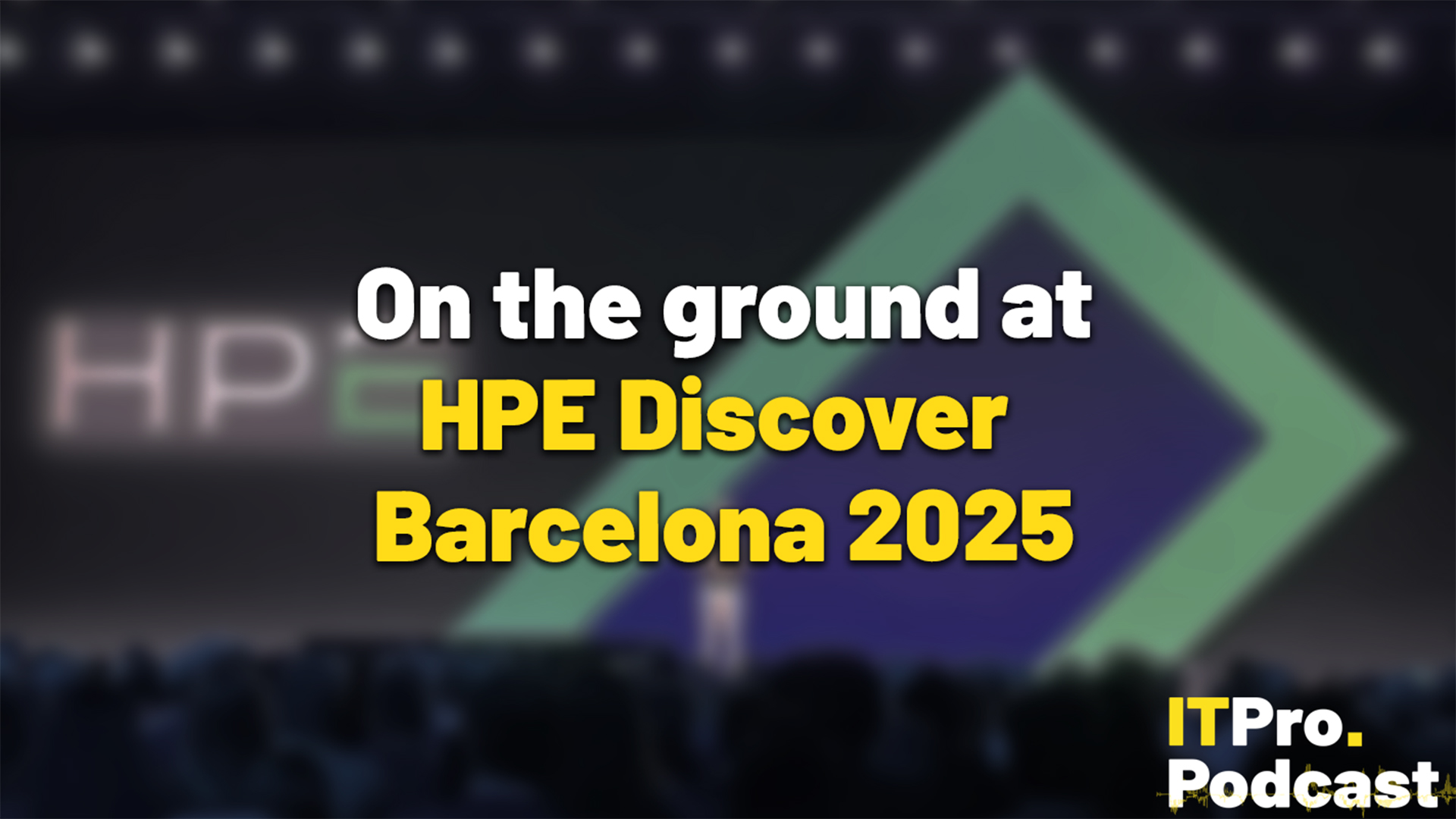 On the ground at HPE Discover Barcelona 2025
On the ground at HPE Discover Barcelona 2025ITPro Podcast This is a pivotal time for HPE, as it heralds its Juniper Networks acquisition and strengthens ties with Nvidia and AMD
-
 HPE promises “cross pollinated" future for Aruba and Juniper
HPE promises “cross pollinated" future for Aruba and JuniperNews Juniper Networks’ Marvis and LEM capabilities will move to Aruba Central, while client profiling and organizational insights will transfer to Mist
-
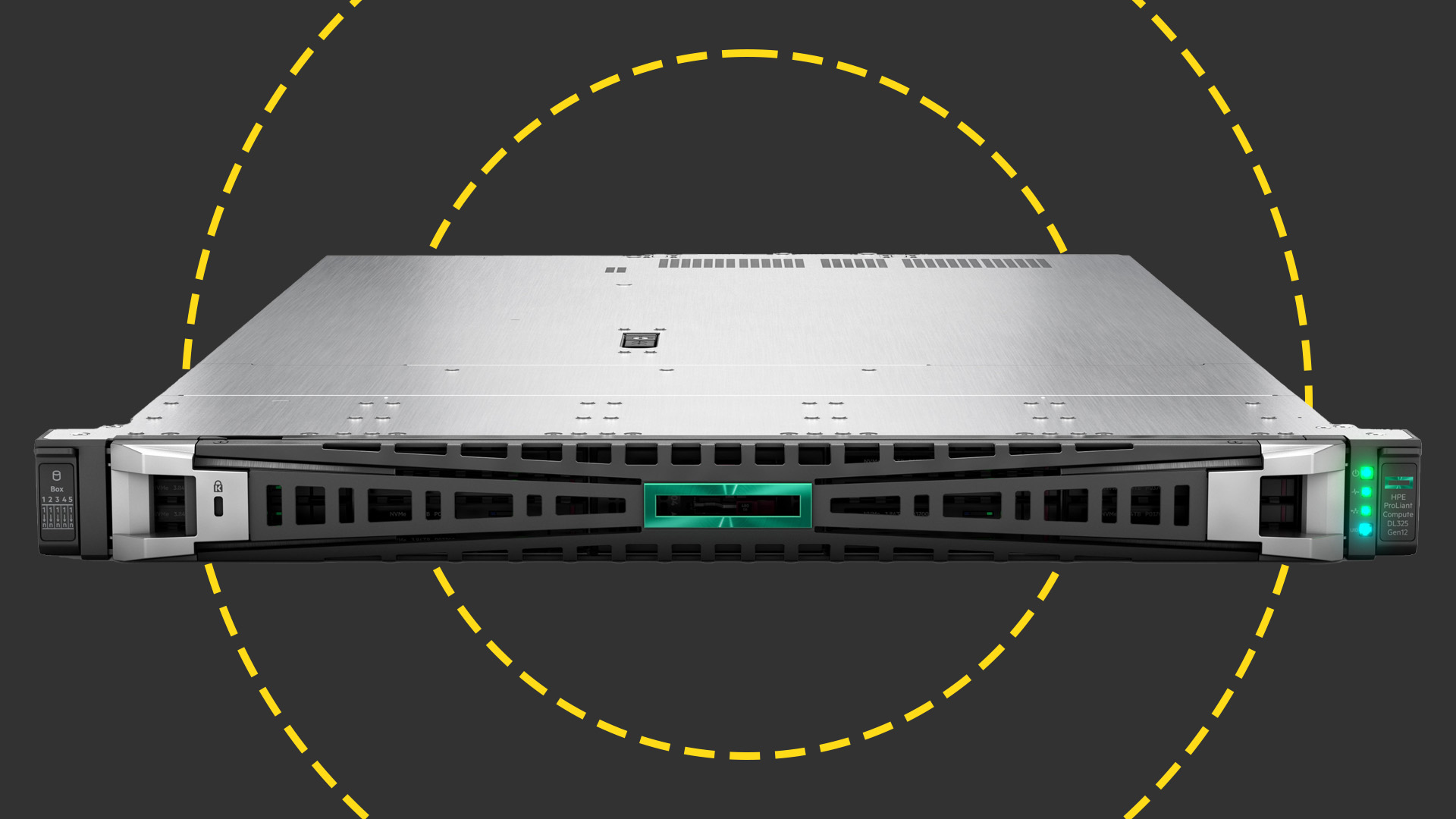 HPE ProLiant Compute DL325 Gen12 review: A deceptively small and powerful 1P rack server with a huge core count
HPE ProLiant Compute DL325 Gen12 review: A deceptively small and powerful 1P rack server with a huge core countReviews The DL325 Gen12 delivers a CPU core density and memory capacity normally reserved for expensive, power-hungry dual-socket rack servers
-
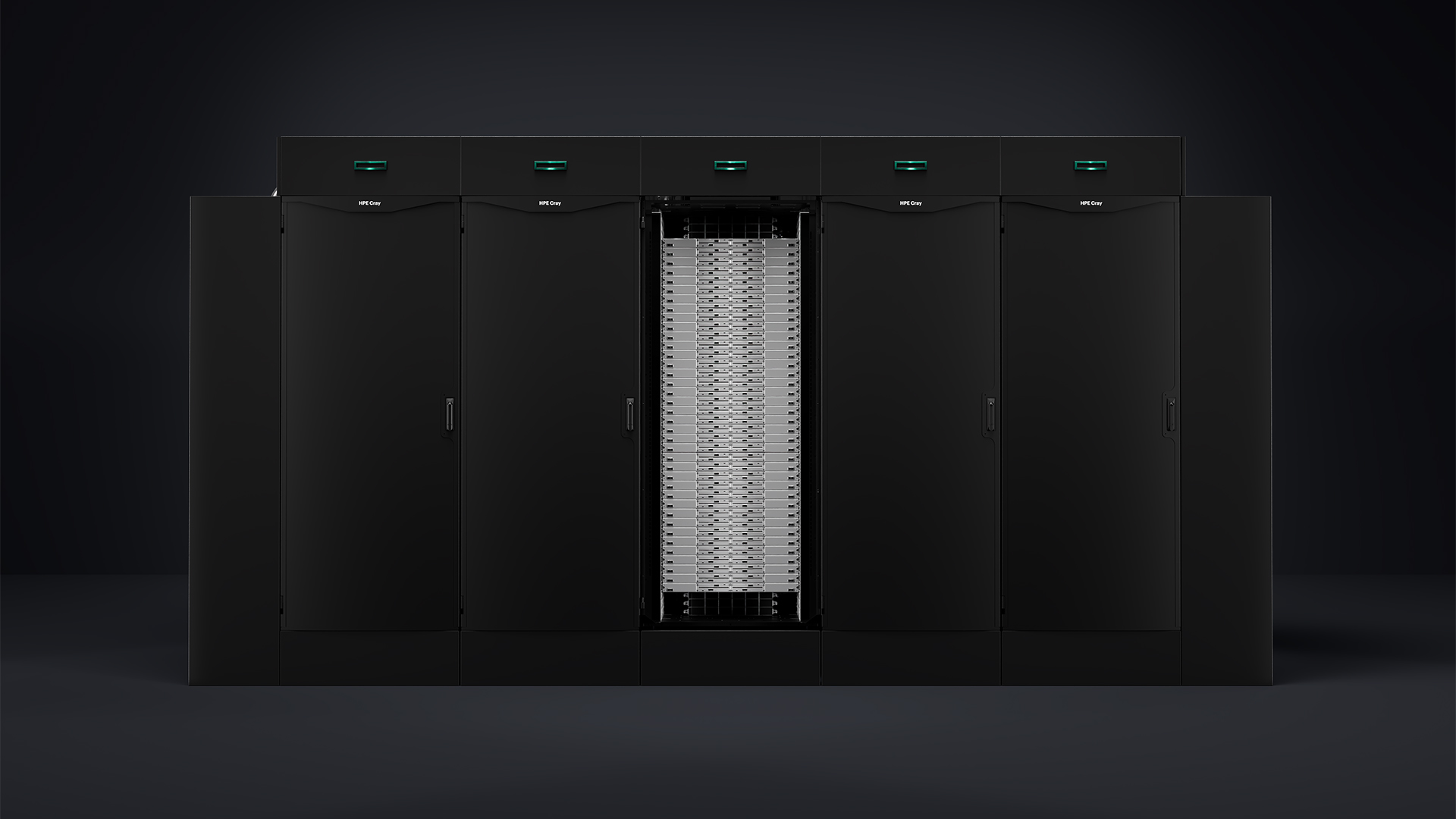 HPE's new Cray system is a pocket powerhouse
HPE's new Cray system is a pocket powerhouseNews Hewlett Packard Enterprise (HPE) has unveiled new HPC storage, liquid cooling, and supercomputing offerings ahead of SC25
-
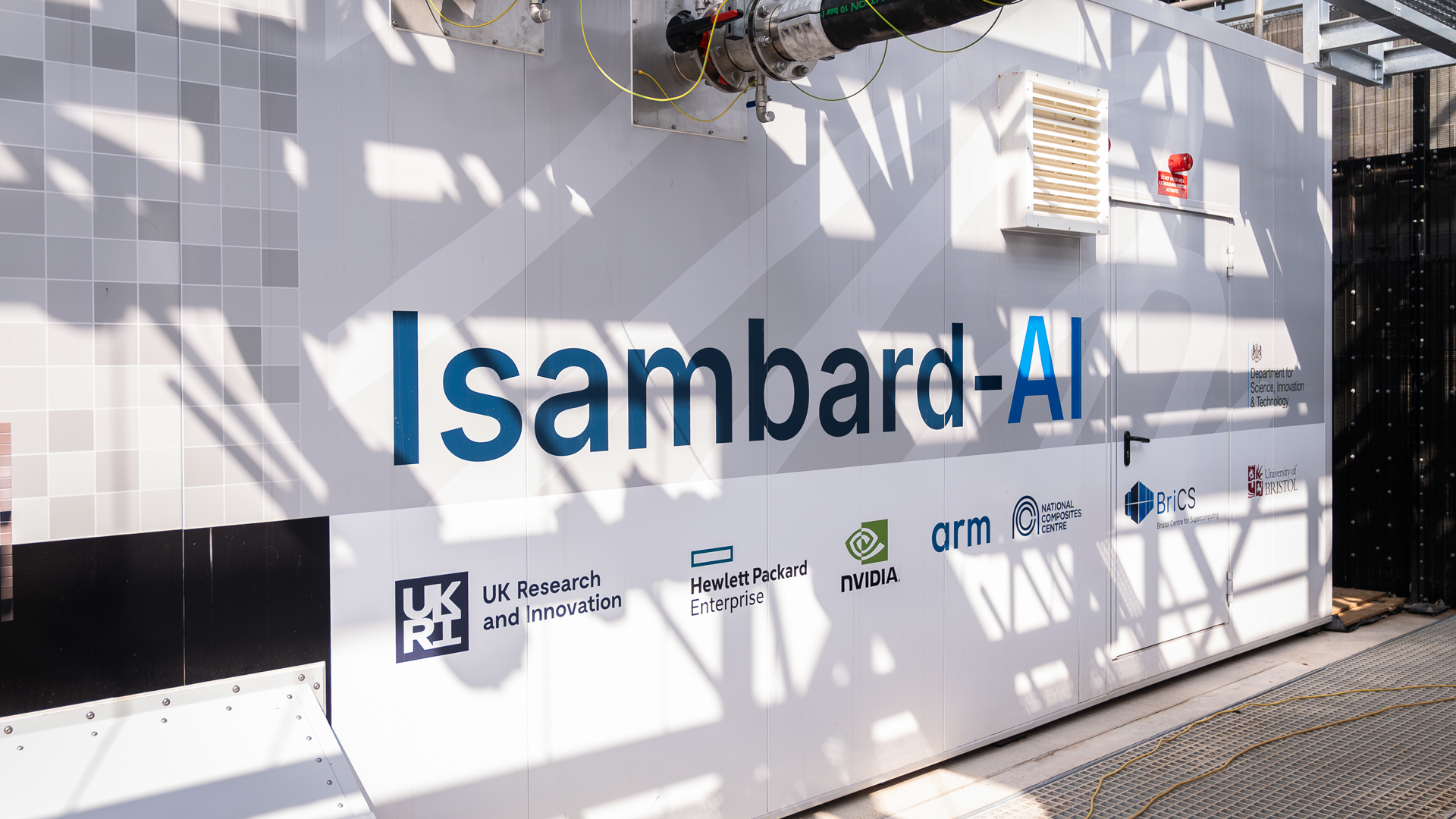 Inside Isambard-AI: The UK’s most powerful supercomputer
Inside Isambard-AI: The UK’s most powerful supercomputerLong read Now officially inaugurated, Isambard-AI is intended to revolutionize UK innovation across all areas of scientific research
-
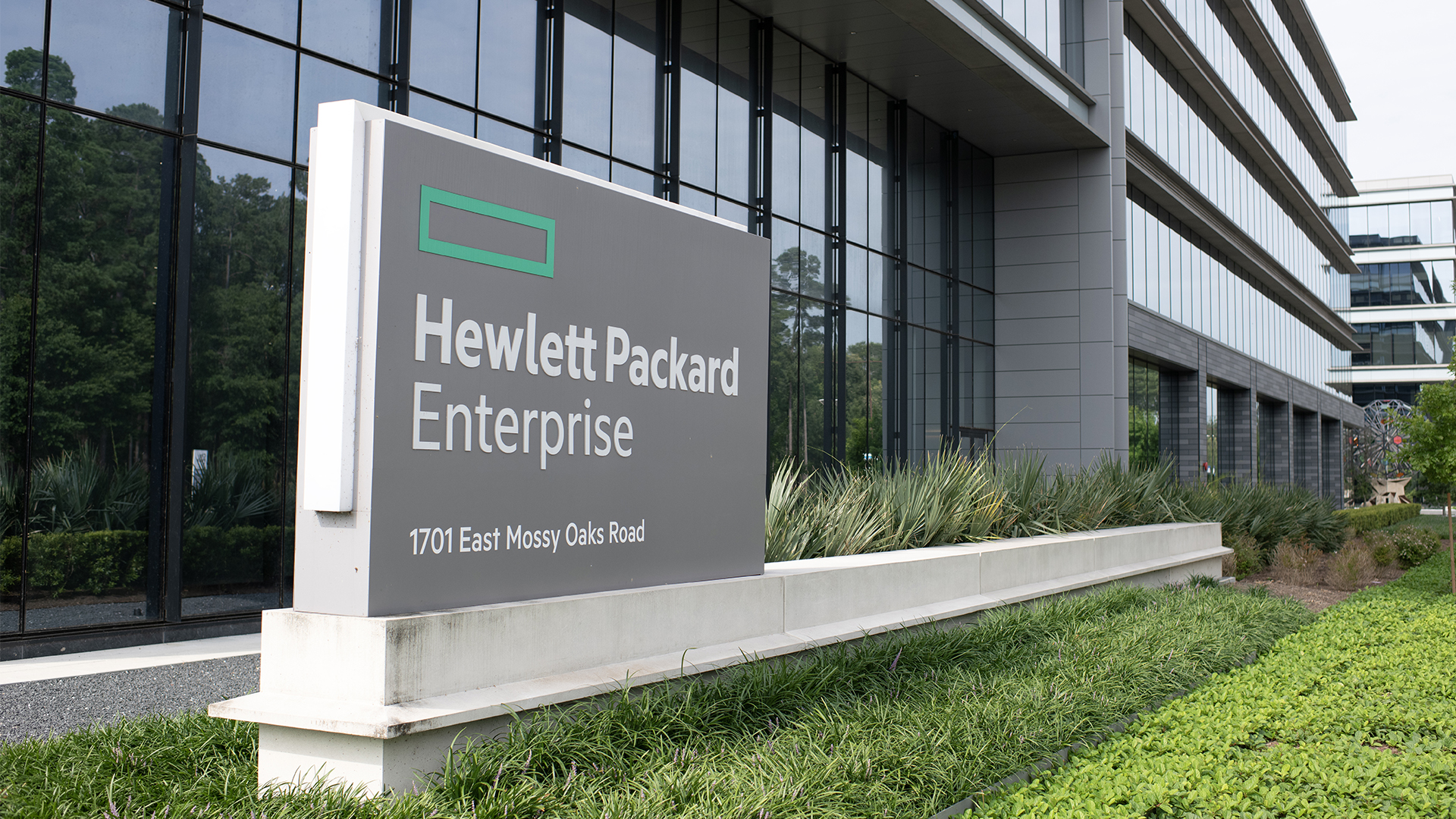 HPE forced to offload Instant On networking division and license Juniper’s AI Ops source code in DOJ settlement
HPE forced to offload Instant On networking division and license Juniper’s AI Ops source code in DOJ settlementNews HPE will be required to make concessions to push the deal through, including divesting its ‘Instant On’ wireless networking division within 180 days.
-
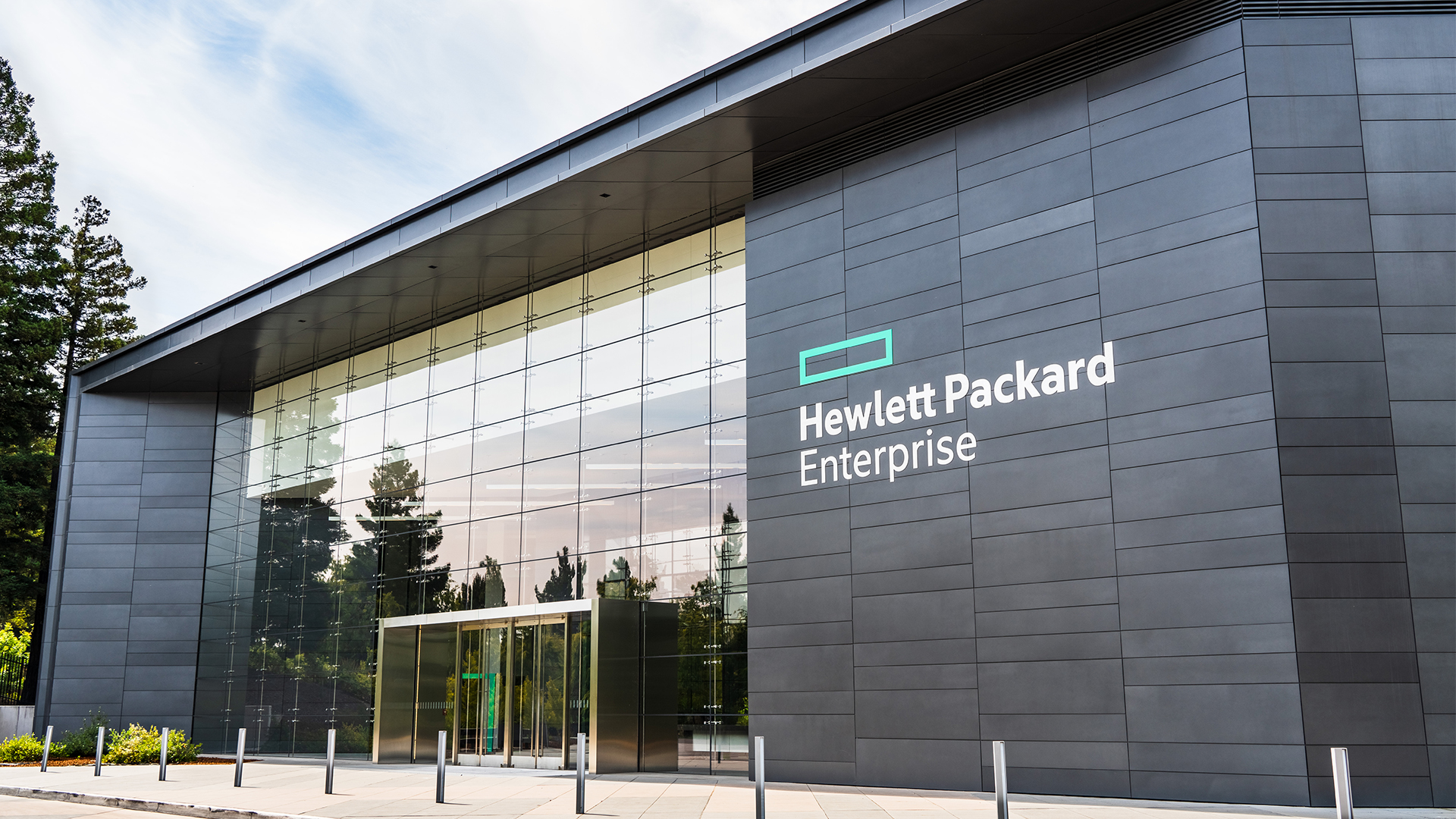 HPE eyes enterprise data sovereignty gains with Aruba Networking Central expansion
HPE eyes enterprise data sovereignty gains with Aruba Networking Central expansionNews HPE has announced a sweeping expansion of its Aruba Networking Central platform, offering users a raft of new features focused on driving security and data sovereignty.
-
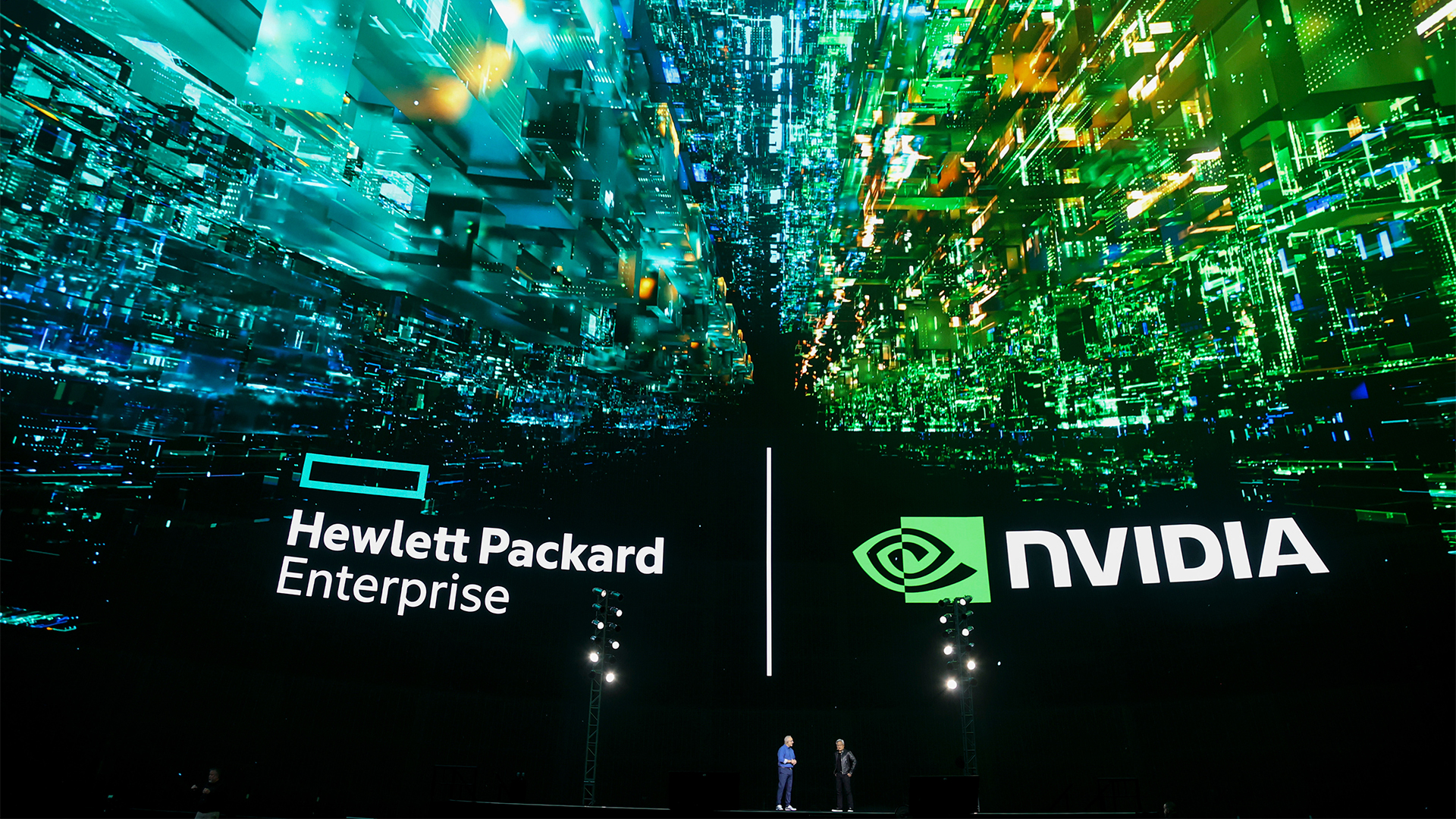 HPE unveils Mod Pod AI ‘data center-in-a-box’ at Nvidia GTC
HPE unveils Mod Pod AI ‘data center-in-a-box’ at Nvidia GTCNews Water-cooled containers will improve access to HPC and AI hardware, the company claimed

